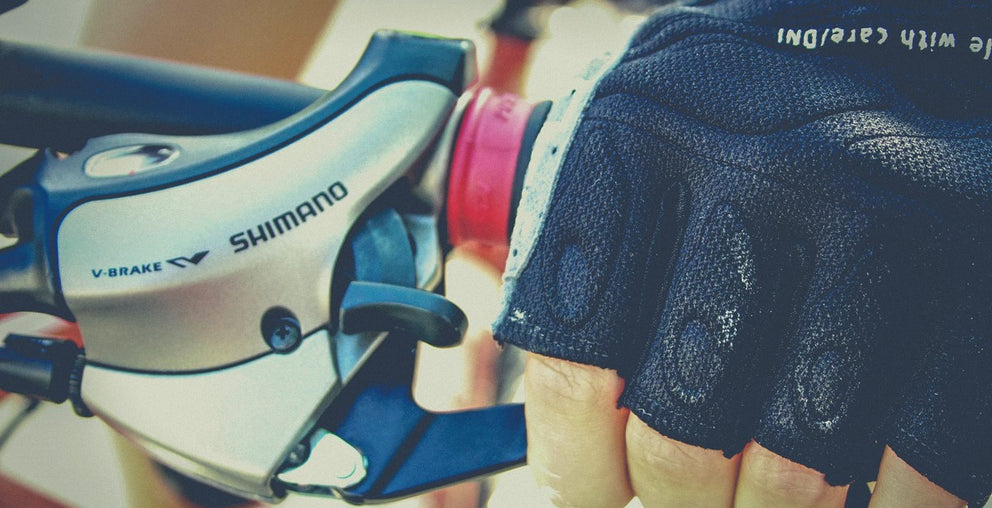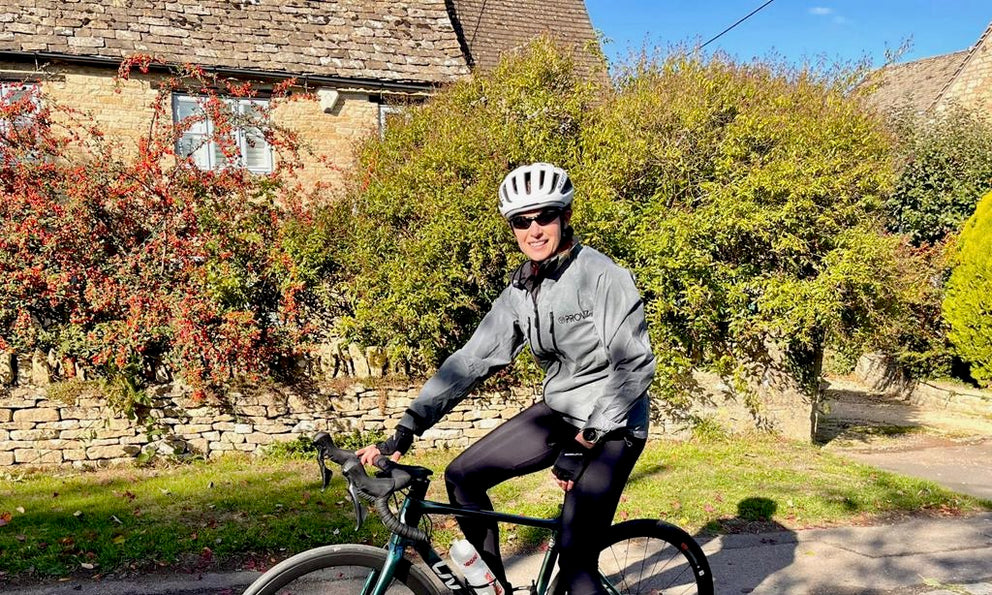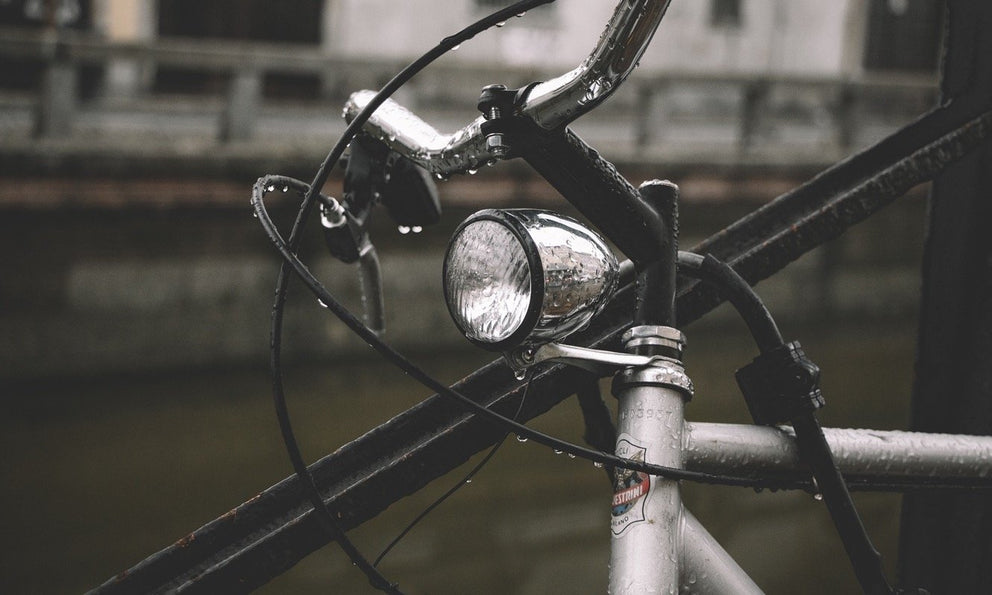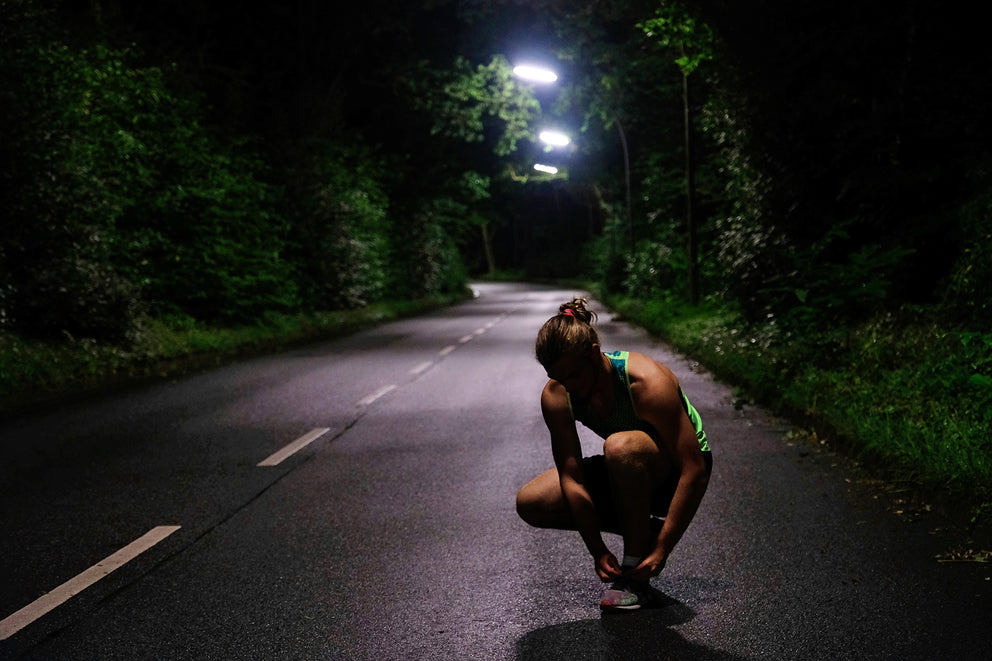Post updated May 2021
Cycling generates a lot of heat, often too much. If you wrap up like you’re going for a winter walk, you’ll be sweating buckets a mile down the road. It’s better to be not quite warm enough when you set off, so that you’re comfortable once your ‘cycling engine’ is in gear. For your extremities, however, the opposite applies: you need more protection than you would on foot, or your fingers, ears and toes will burn with cold.
That’s because of wind-chill, which is a significant factor on a bicycle. If it’s zero degrees Celsius in still air, that’ll feel more like -5 when you’re riding at 10mph and -7 at 20mph – and it’s even worse if you get wet. Quite how cold your extremities will feel depends on your circulation. Some people can wear thin gloves in the depths of winter while others need sub-zero gloves as soon as their breath starts to steam.
Winter cycling gloves of any thickness ideally need to be windproof, waterproof, and breathable. That last point is important. Marigolds over cheap woollen gloves are warm and weatherproof, but your hands will sweat, becoming clammy and cold – not to mention smelly.
For warm feet, you need enough room in your shoes to wiggle your toes. If you’re buying winter cycling shoes, go up a size – or just wear medium weight merino wool socks instead of thick ones and don’t do your shoes up super tight. The metal cleat on cycling shoes is a heat sink, so try an extra insole if it’s a problem. Whatever shoes you wear, use full-length mudguards to keep your feet dry.
Any headwear needs to cover your ears. If you wear a helmet rather than a hat, the top of your head can get pretty cold too because helmets are designed to be well ventilated. Even a thin layer underneath makes a big difference. In the grimmest weather a helmet cover can provide extra protection; you can make a temporary (and non-breathable) one by wrapping your lid in clingfilm.




 British designed
British designed











